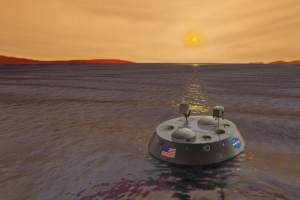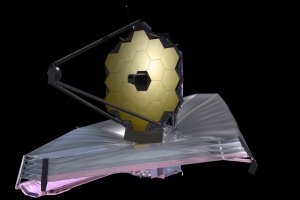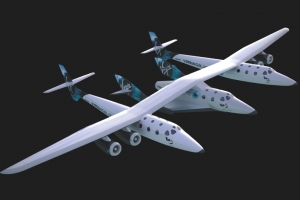[fototag id=”vinciplane”]
The testing of Virgin Galactic’s SpaceShipTwo and many other similar projects in various states of development means that we are about to enter an era of commercial spaceflight.
This will bring about huge changes in the aerospace industry, which has prompted the European Space Agency (ESA) to look at how it should respond to this new environment. Being only able to help and fund commercial suborbital spaceplane projects in Europe, ESA has proposed the construction of a generic European “Cryogenic Sub-orbital Spacecraft”.
ESA looked at three different reusable spaceplane concepts that could use the Vinci rocket engine that is currently being developed as an upper stage rocket for their Ariane launch vehicle. The first had a conventional tail assembly and wings, the second had a forward canard, wings and butterfly tail assembly, and the third had a canard and winglets.
The ESA report favoured the second vehicle concept, as the design allows it to carry payloads on its back that can be launched into low Earth orbit. It would have a total weight of 13,920 kilograms (30,625 pounds) at takeoff, and would operate from an airstrip like a conventional aircraft. Using a fuel load of 7,515 kilograms (16,534 pounds), it would blast the craft to a maximum speed of 4,176 kilometres (2,595 mph).
The Vinci engine, which is capable of being fired up to 5 times on each mission, takes the two crew and six passengers to a height of 107.65 kilometres (66.8 miles) where several minutes of weightlessness can be experienced before the craft glides back down to Earth.
This vision of a potential Vinci spaceplane would use the technology currently being developed by ESA, and it would be able to use ESA’s expertise in astronaut training and space medicine. ESA is also able to help the flow and exchange of information between interested parties and to help meet the demands of European Aviation Safety Agency certification and other European legal requirements.
The Vinci spaceplane would certainly be able to send a variety of payloads into orbit at a lower cost per launch than conventional rockets, and could be equal to the commercial suborbital spaceplanes being developed in the United States. Whether any European companies are willing or able to take up the technological and economic challenges that need to be surmounted, before the Vinci spaceplane can take flight, is something only time will tell.







